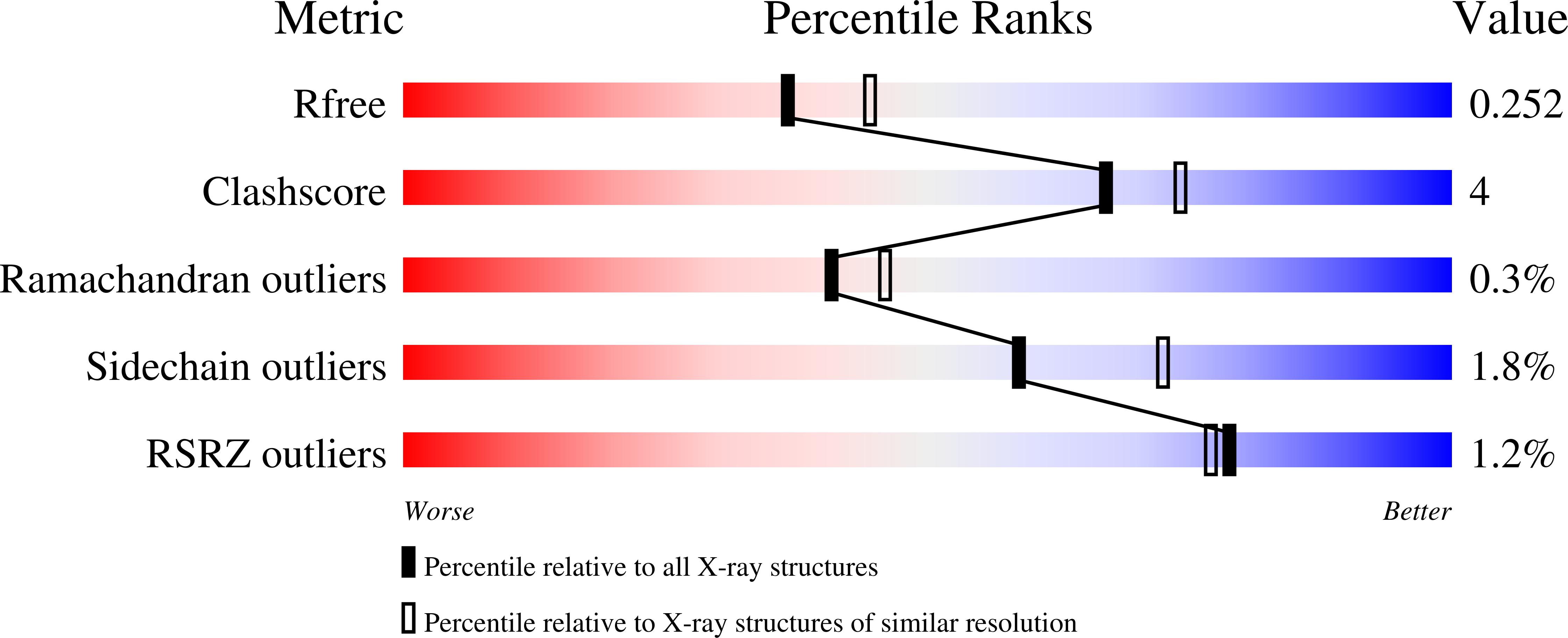
Deposition Date
2021-12-15
Release Date
2022-07-06
Last Version Date
2024-10-16
Entry Detail
PDB ID:
7T7L
Keywords:
Title:
Structure of human G9a SET-domain (EHMT2) in complex with covalent inhibitor (Compound 1)
Biological Source:
Source Organism:
Homo sapiens (Taxon ID: 9606)
Host Organism:
Method Details:
Experimental Method:
Resolution:
2.20 Å
R-Value Free:
0.25
R-Value Work:
0.20
R-Value Observed:
0.20
Space Group:
P 1


